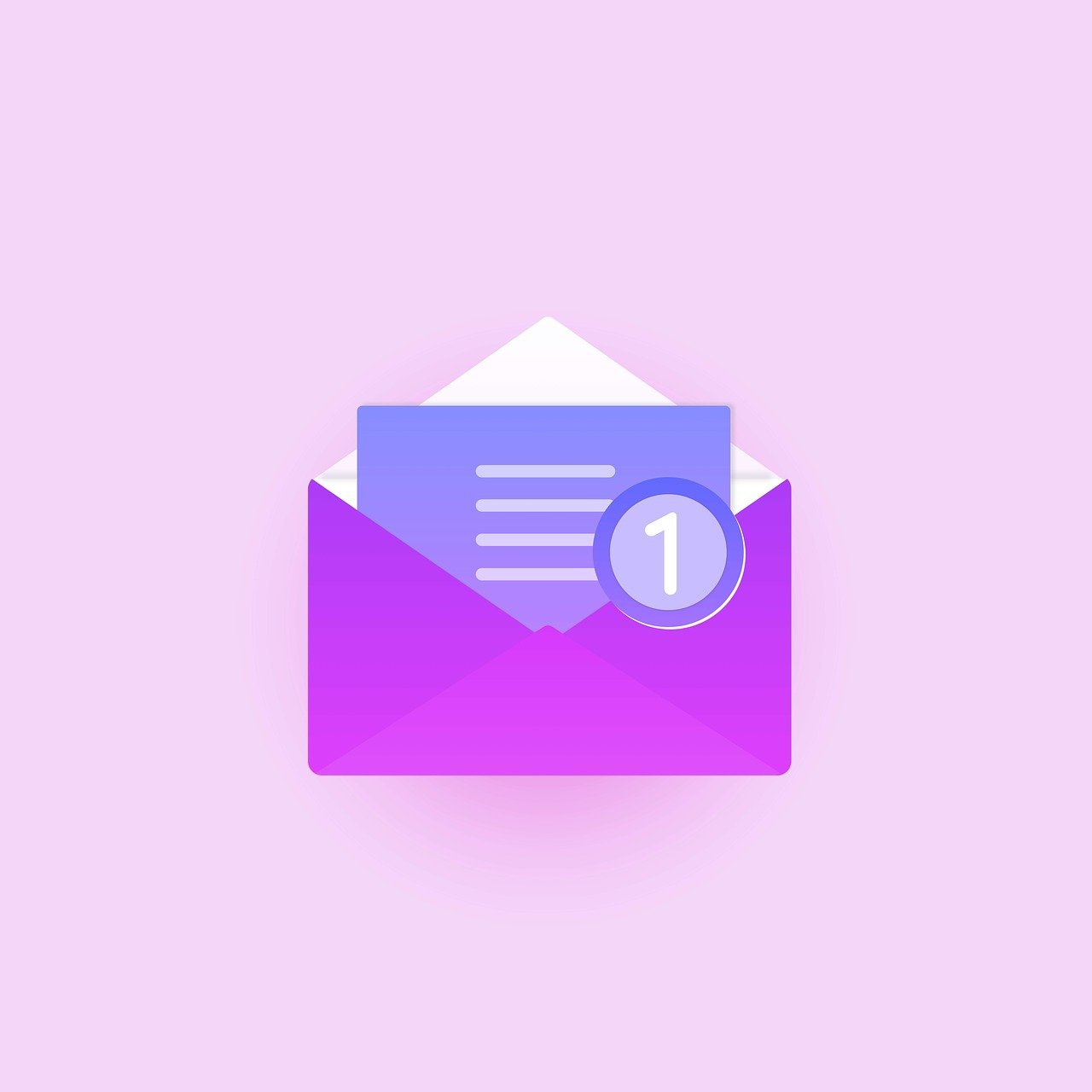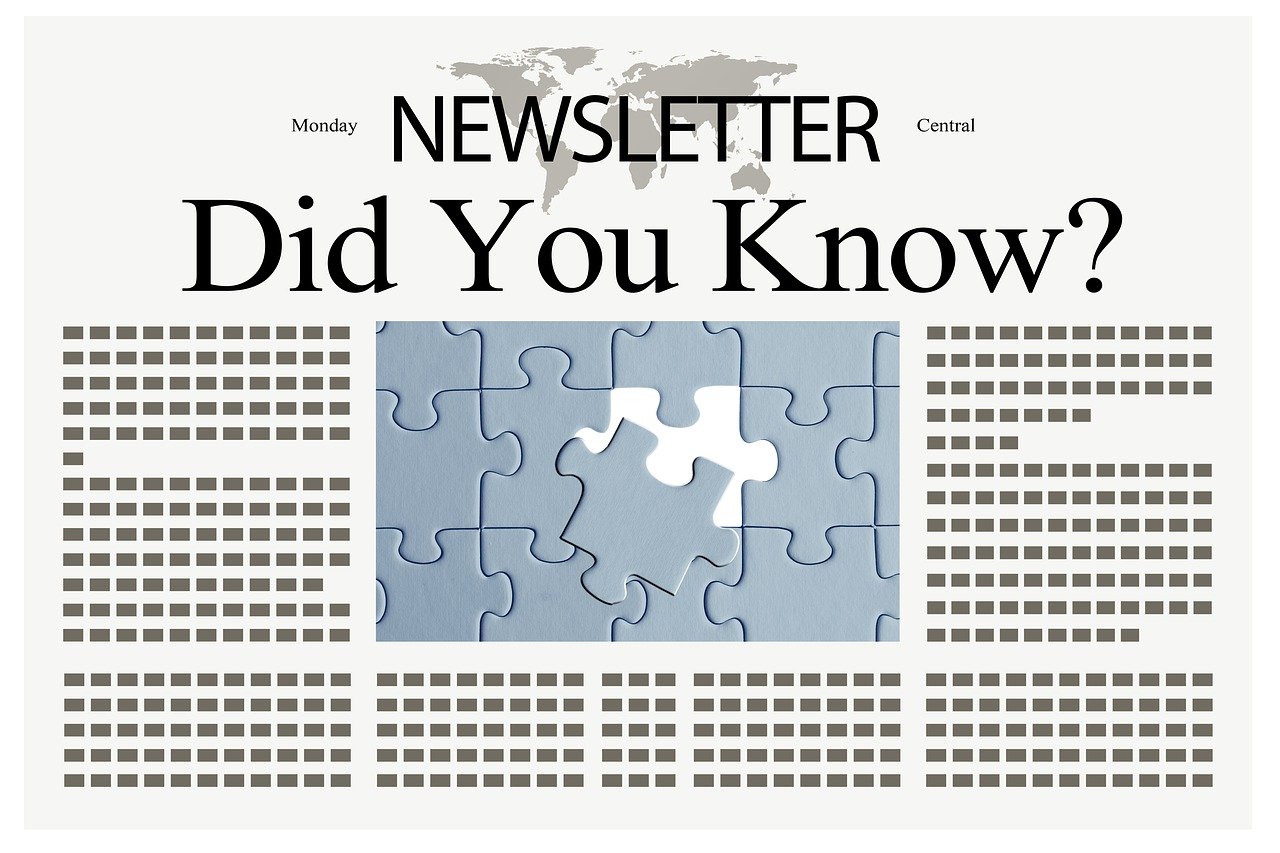More List Engagement Secrets
Email Copy Fundamentals
Writing the copy will be different for each type of email you are sending yet all will have some of the same fundamental elements. For example, a welcome email will be more of a get-to-know me quick introduction while a nurture email can have more personalized sections or story elements.
You want to write your emails in a way that is intentional. They should be easily consumed which means short sentences. And no more than three sentences per paragraph for easy scanning.
Know who you’re talking to. You should talk differently to each type of person. Create a customer persona and then write to them.
Write as if connecting with a friend and asking them to take the action your planned for when setting your email goal. Write the same way you speak, as if you’re telling a friend about this amazing product you found.
The body of your email should carry out exactly what your subject line promised. It’s frustrating to the reader when they read the message only to realize it had nothing to do with the header. Or they click through your CTA only to find themselves on some landing page or site that wasn’t related to the email or the subject line.
Use compelling subject lines. This is the first thing the reader will see. It needs to grab attention and make them want to open the message.

You preview text is the piece of text that tells subscriber about the content of the email.
Make your message scannable. Use sub-headings, lists and small bits of information. Throw in an image when appropriate.
Don’t make your readers think. Most will look at your copy and want to understand what you’re offering without having to decipher your words. Describe what your product is, what it does and who it’s for.
Don’t shout. In other words, avoid all caps and don’t use excessive exclamation points.
It’s perfectly fine to get personal, tell a story and be friendly in your email copy. Appeal to your subscribers with an emotional appeal that spurs some kind of reaction in them.
Use strong imagery through your copy to describe the benefits they will get if they click on your call-to-action button.
Use “we” less and “you” more. Focus on them instead of you and what you want.
Finish your email copy with a strong call to action that clearly tells the reader what you want them to do next such as:
- Limited time offer. Sign up now!
- Giant holiday clearance ends 12/24- Click here to shop the best deals!
- Act now to help save the tigers – before it’s too late!
Use strong verbs in an active voice. The active voice is when the subject performs the action. This makes the action powerful and calls the reader in more effectively.
Use these fundamental elements in your copy for emails that get better open rates and click throughs.
Methods to Use
There are many different methods of copy you can use when creating your emails. You want to use the right one for the type of emails you’re sending out. Let’s take a look at some of them.
Stories. Storytelling copy uses personal stories to share information. People love reading about interesting stories. It helps them relate to you and your product or service and see how it changes lives. Stories encourage them to try the product or service themselves. Stores have an introduction, a problem, dialogue and a solution that grabs the reader’s interest, keeping them hooked to read the entire piece.
Short copy. Short copy is the basics. Use this when you just need to present the information in as few words as necessary to get the idea across. Short copy works well for welcome emails, sending out a quick reminder about a sale or reaching out to a potential client. It works well for impulse-clicks and snap decisions.
Long copy. Long copy is more about persuasion. It helps you overcome their objections to the purchase. Use long copy for different types of emails. Long copy can be used to build relationship, nurture or engagement emails. Use long copy if the customer has never heard of you, they don’t know what the product or service is for, or for expensive products or services the customer can’t justify purchasing.

Series. This can be any set of emails you send out that take the reader from beginning to the goal. Welcome email series is the most common. A series creates trust and helps you establish a relationship with your customer.
Another type of series is the Lead Nurture series. It focuses on nurturing subscribers through the entire sales cycle. Other types of series might be the re-engagement series to bring cold subscribers back to active status. Or the abandoned cart series which helps you get potential customers back; understand why they abandoned and help them complete the sale.
Informative. Informative emails are where you provide some form of value to your reader. You simply provide tips, inspiration or resources without expecting something in return (no selling). These can be in the form of a newsletter or as nurture or engagement emails.
Educational. The education email provides customers with industry knowledge connected to the business or product. It builds relationships and trust. You can teach the reader something connected to your business through relevant content.
These emails offer bite size information with a read more link to take customers to your blog or article for the complete information. It’s fine to add mini promotions to the email, but it’s not the main focus.
There you have it. The different methods you can and should be using in your emails to build relationships and better conversions.
Do This Next
So far, you’ve learned where you need to begin with the basics of creating high converting emails. We gave you the details on what you need to write and how to set your email goals. Then we moved on to the why and when you should use certain types of email.
In the persuasion strategies section, we helped you get comfortable with using persuasive selling in your emails. The email copy and copy fundamentals sections gave you powerful tools for creating copy that converts. Finally, we looked at the different methods you can use when creating your copy.
The next step is to begin creating that plan for your emails. Set up a schedule and put it in your planner what, when and who your emails are going out. Then begin writing the copy so that it creates high conversion open rates.
In future posts you’ll learn about the anatomy of a high converting email, how to turn anything into email copy and email engagement hacks and the four pillars of email marketing.